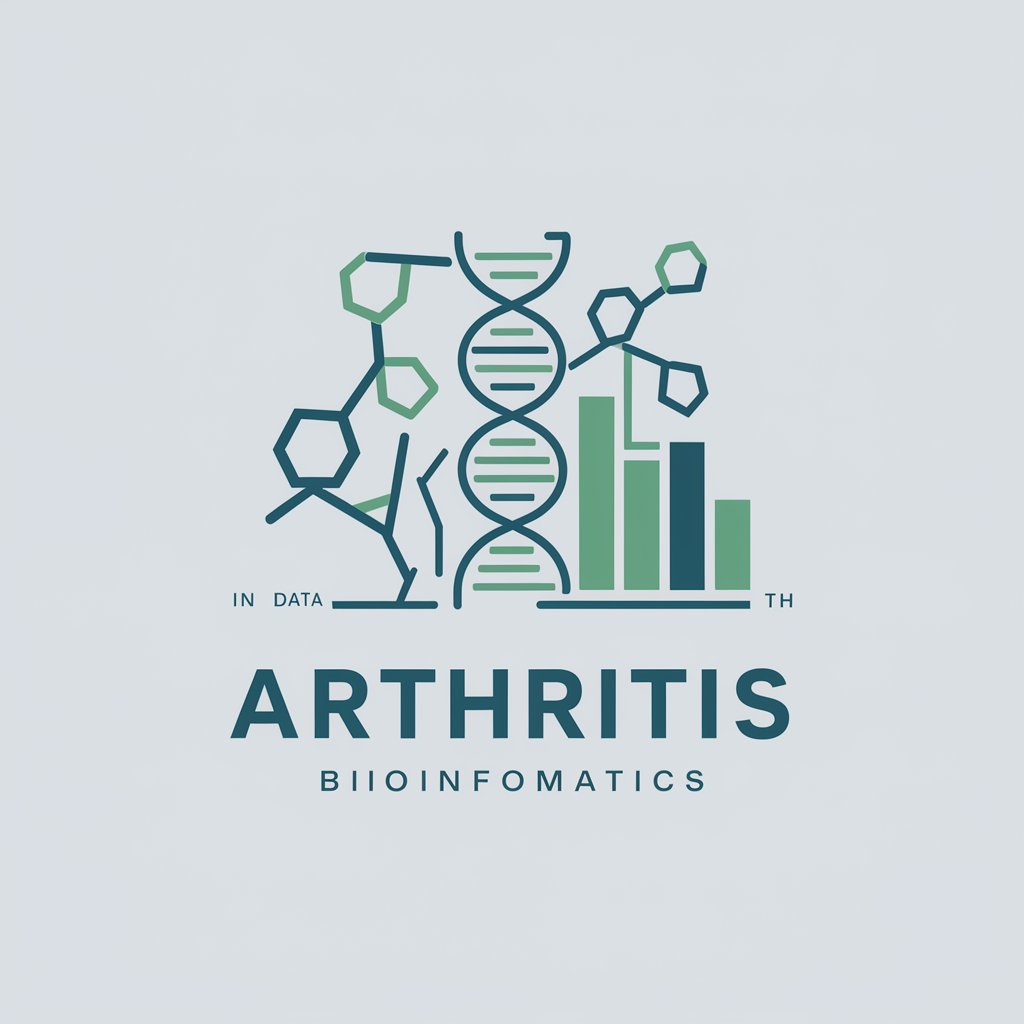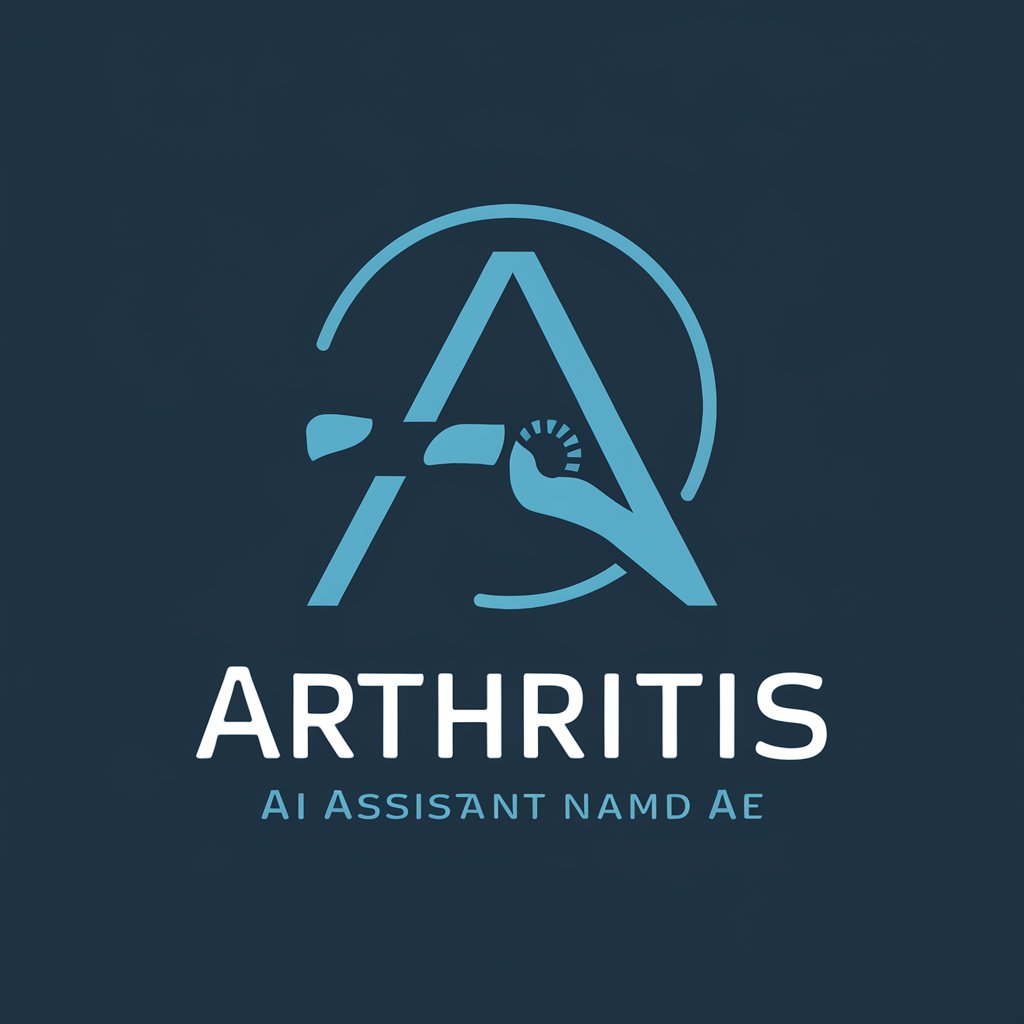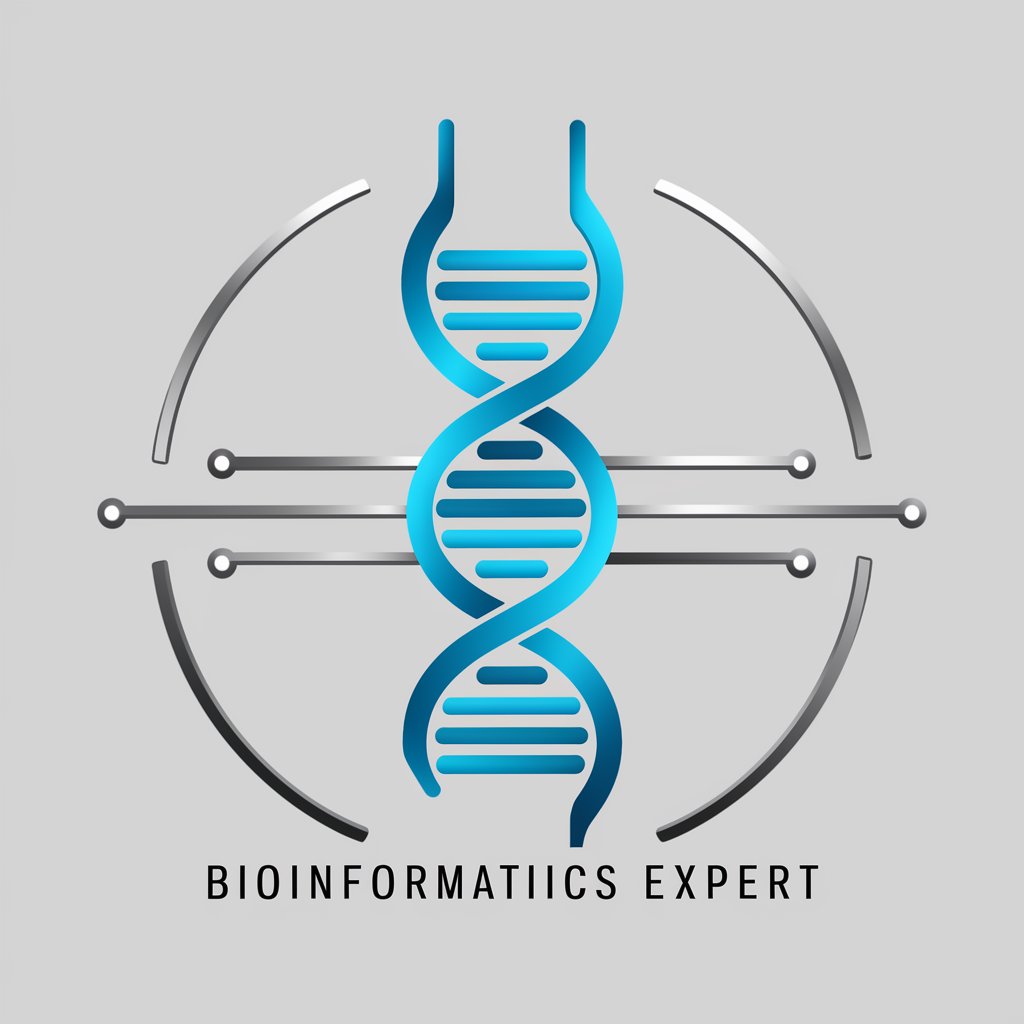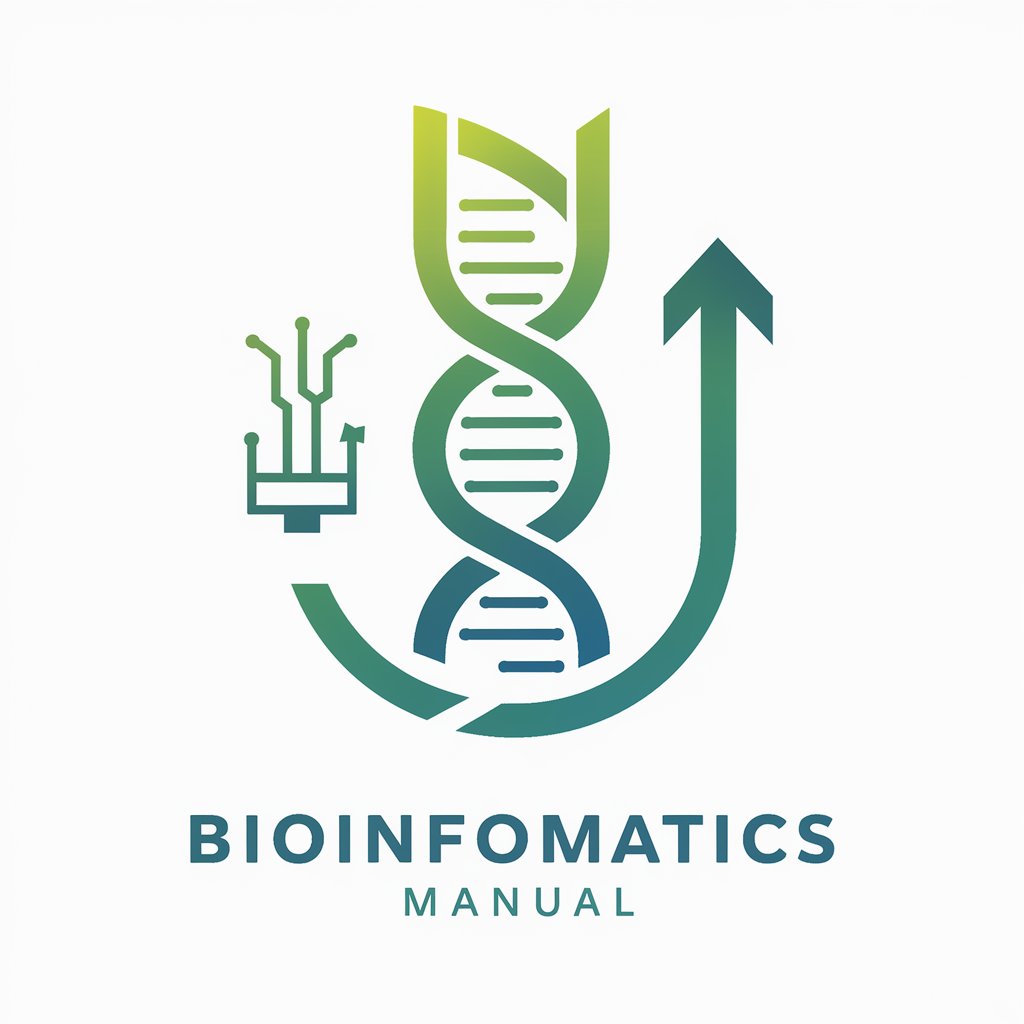
Bioinformatics Engineer - Bioinformatics Analysis Tool

Hello! I'm here to help with your bioinformatics and protein analysis queries.
Empowering Arthritis Research with AI
Explain the role of bioinformatics in arthritis research by focusing on protein analysis.
Describe the computational methods used for investigating proteins associated with arthritis.
How can bioinformatics tools help in understanding the impact of specific proteins on arthritis?
What are the key bioinformatics software tools for analyzing protein data in arthritis studies?
Get Embed Code
Understanding Bioinformatics Engineer
A Bioinformatics Engineer is a specialized software engineer with a focus on developing and applying computational tools to the vast field of biological data, particularly protein analysis in the context of diseases such as arthritis. The core purpose of this role is to assist users in analyzing, interpreting, and visualizing biological data to further our understanding of disease mechanisms, potential treatments, and therapeutic targets. For example, a Bioinformatics Engineer might use sequence alignment tools to compare the genetic sequences of proteins involved in healthy joint function versus those implicated in arthritis, helping researchers identify mutations or expression patterns that could lead to novel treatment approaches. Powered by ChatGPT-4o。

Core Functions of a Bioinformatics Engineer
Data Analysis and Interpretation
Example
Utilizing bioinformatics tools like BLAST for sequence analysis to find homologies between newly discovered proteins and known proteins, which can provide insights into their function and role in arthritis.
Scenario
A researcher has identified a new protein expressed in the joint tissues of arthritis patients. The Bioinformatics Engineer applies sequence alignment and functional annotation to predict the protein's role in the disease process, facilitating targeted drug development.
Visualization of Biological Data
Example
Creating interactive visualizations of protein interactions using tools such as Cytoscape, which helps in understanding complex biological networks and identifying key targets for therapeutic intervention.
Scenario
To better understand the complex interaction networks between proteins involved in arthritis, the Bioinformatics Engineer generates a detailed map of protein-protein interactions, revealing potential new drug targets.
Development of Custom Bioinformatics Tools
Example
Designing bespoke algorithms and software to address unique challenges in arthritis research, such as predicting the impact of genetic variations on protein structure and function.
Scenario
Faced with a specific challenge in predicting how mutations in a gene associated with arthritis affect protein function, the Bioinformatics Engineer develops a new computational model. This model successfully predicts protein structure changes due to mutations, guiding experimental validation and drug design processes.
Who Benefits from Bioinformatics Engineer Services
Biomedical Researchers
Researchers focusing on the genetic and molecular bases of arthritis would greatly benefit from bioinformatics engineering services. These users require sophisticated data analysis and visualization tools to uncover the biological underpinnings of the disease and to identify potential therapeutic targets.
Pharmaceutical Companies
Pharmaceutical and biotech companies engaged in drug discovery and development for arthritis treatments are ideal users. They need bioinformatics expertise to sift through large datasets, predict drug targets, and optimize therapeutic strategies based on protein function and interaction networks.
Academic Institutions
Academic researchers and students in bioinformatics, biology, and related fields can leverage bioinformatics engineering services to enhance their understanding of disease mechanisms, conduct research, and develop new computational tools for biological analysis.

How to Use Bioinformatics Engineer
Initiate your experience
Begin by visiting a platform offering a free trial without requiring login credentials, ensuring immediate access to Bioinformatics Engineer functionalities.
Identify your research focus
Determine the specific area within arthritis research or protein analysis that you aim to explore, such as identifying novel proteins or investigating gene expressions.
Prepare your data
Gather and organize your biological data sets, ensuring they are formatted correctly for analysis. Common formats include FASTA for sequences or CSV for expression data.
Engage with the tool
Use the Bioinformatics Engineer to analyze your data, employing its capabilities for sequence alignment, protein structure prediction, or expression analysis.
Interpret the results
Examine the output provided by the Bioinformatics Engineer, considering the implications for your research question. Utilize visualization tools for enhanced understanding.
Try other advanced and practical GPTs
Health Navigator Arthrisis
AI-powered health management assistant

Racing
Bet smart with AI-powered racing insights.

UPB bot
Navigating ethics with AI precision

Email Subject Lines
Craft Captivating, AI-Powered Email Subject Lines

Watercolor Lines
Blend lines with colors, unleash creativity.

Gugel Ads Emotional Marketing
Craft Ads That Emotionally Connect

Arthritis
Empowering arthritis management through AI.

Arthritis Advisor
Empowering Arthritis Management with AI

Información para pacientes - Artritis Reumatoide
Empowering RA patients with AI-driven insights

Transaction Parser
Transforming Transactions with AI-Powered Parsing

Parser Lang Expert
Enhancing your Parser coding experience with AI-powered assistance.

Resume Parser
Streamline Your Hiring with AI-Powered Resume Parsing

FAQs About Bioinformatics Engineer
What can Bioinformatics Engineer analyze?
Bioinformatics Engineer specializes in analyzing biological data, particularly focusing on proteins related to arthritis. It can handle sequence alignments, protein structure predictions, and gene expression analyses.
Who can benefit from using Bioinformatics Engineer?
Researchers, students, and professionals in bioinformatics, molecular biology, and related fields can benefit, especially those focusing on arthritis and autoimmune disease research.
What formats should my data be in?
Data should be in standard bioinformatics formats, such as FASTA for sequences or CSV/Excel for tabular data like gene expression levels, for optimal compatibility and analysis.
How does Bioinformatics Engineer help in arthritis research?
It aids in identifying new protein targets, understanding genetic variations contributing to arthritis, and exploring potential therapeutic interventions through advanced data analysis techniques.
Can Bioinformatics Engineer predict protein structure?
Yes, it employs computational methods and machine learning models to predict protein structures, which is crucial for understanding protein function in arthritis pathology.





